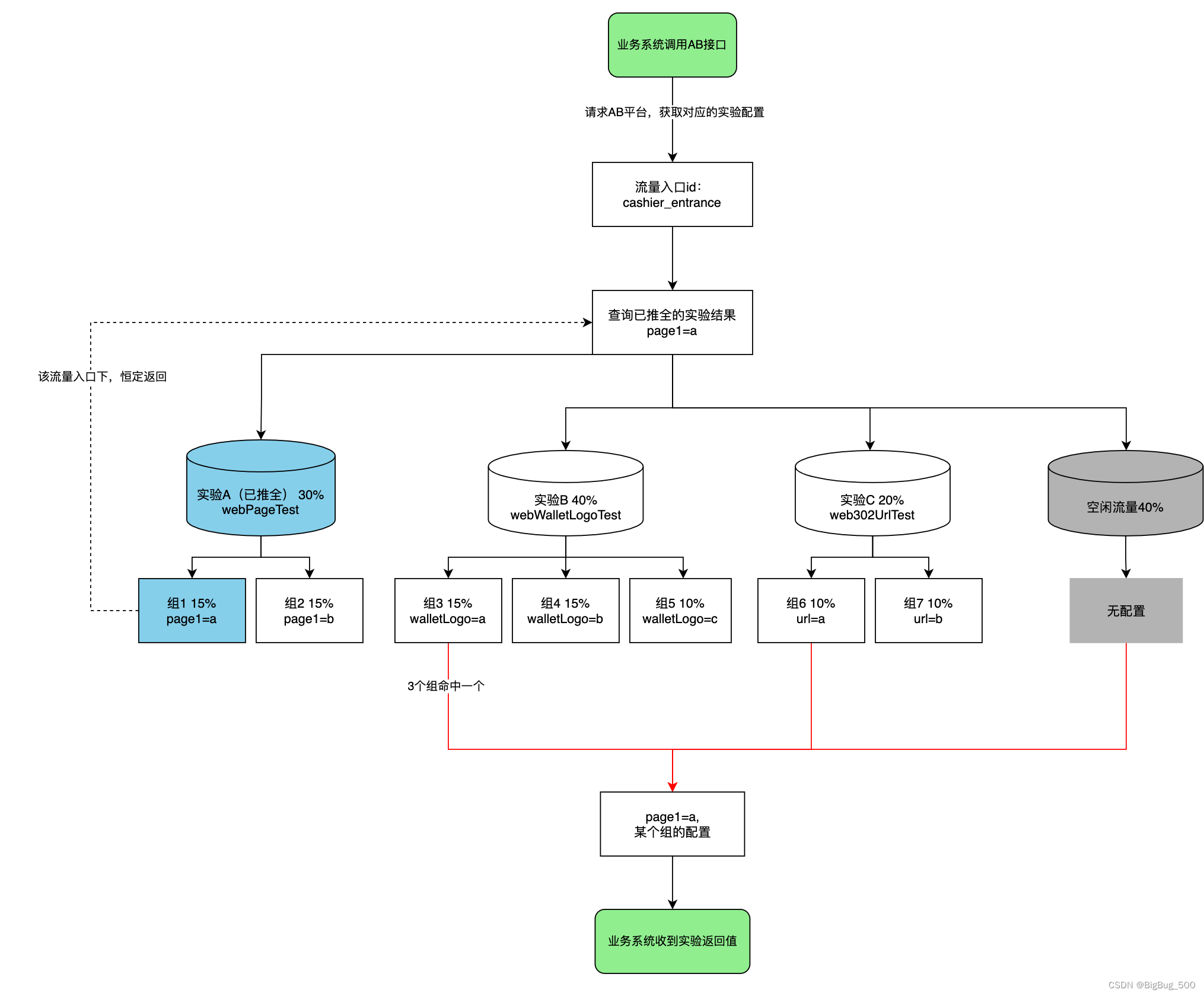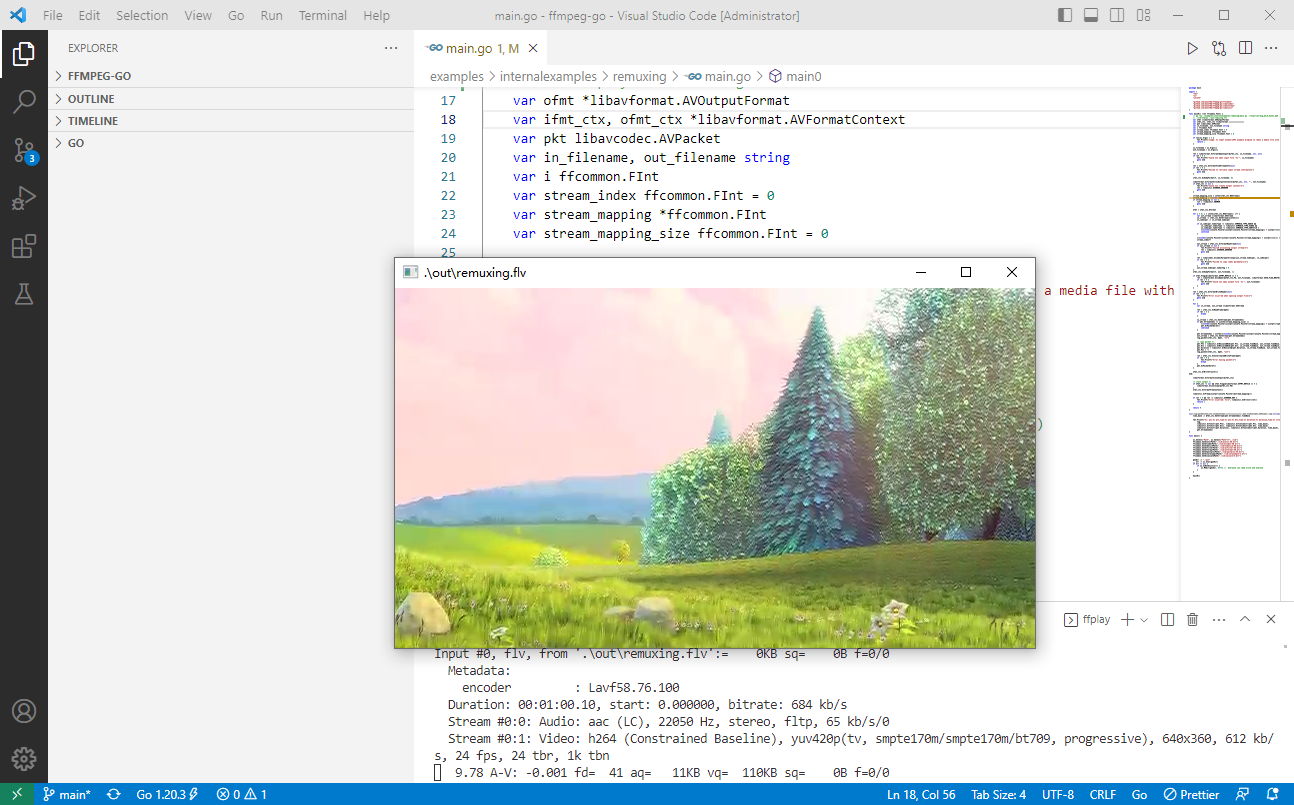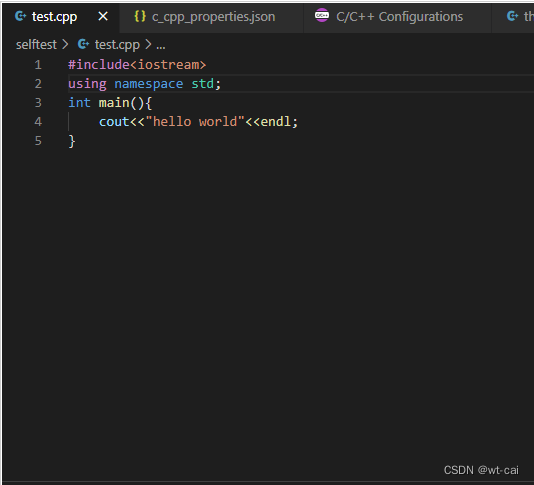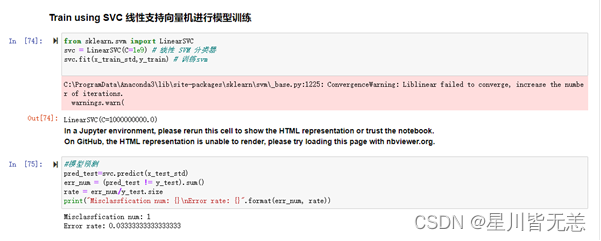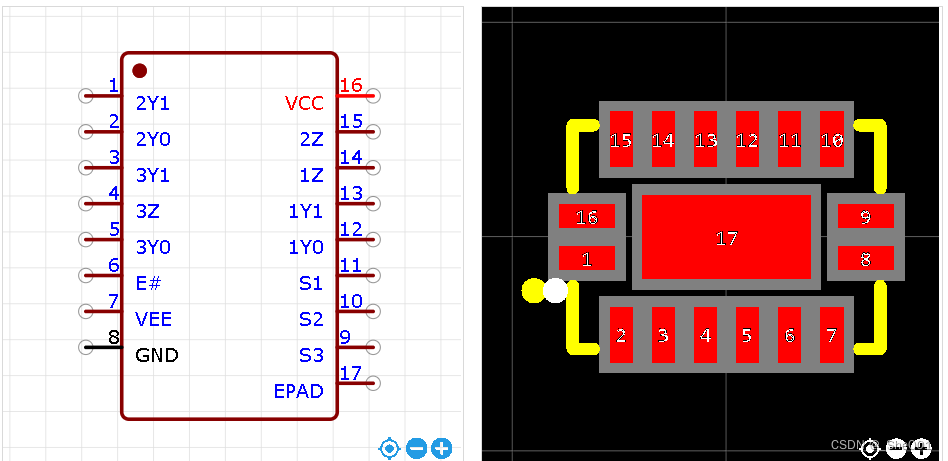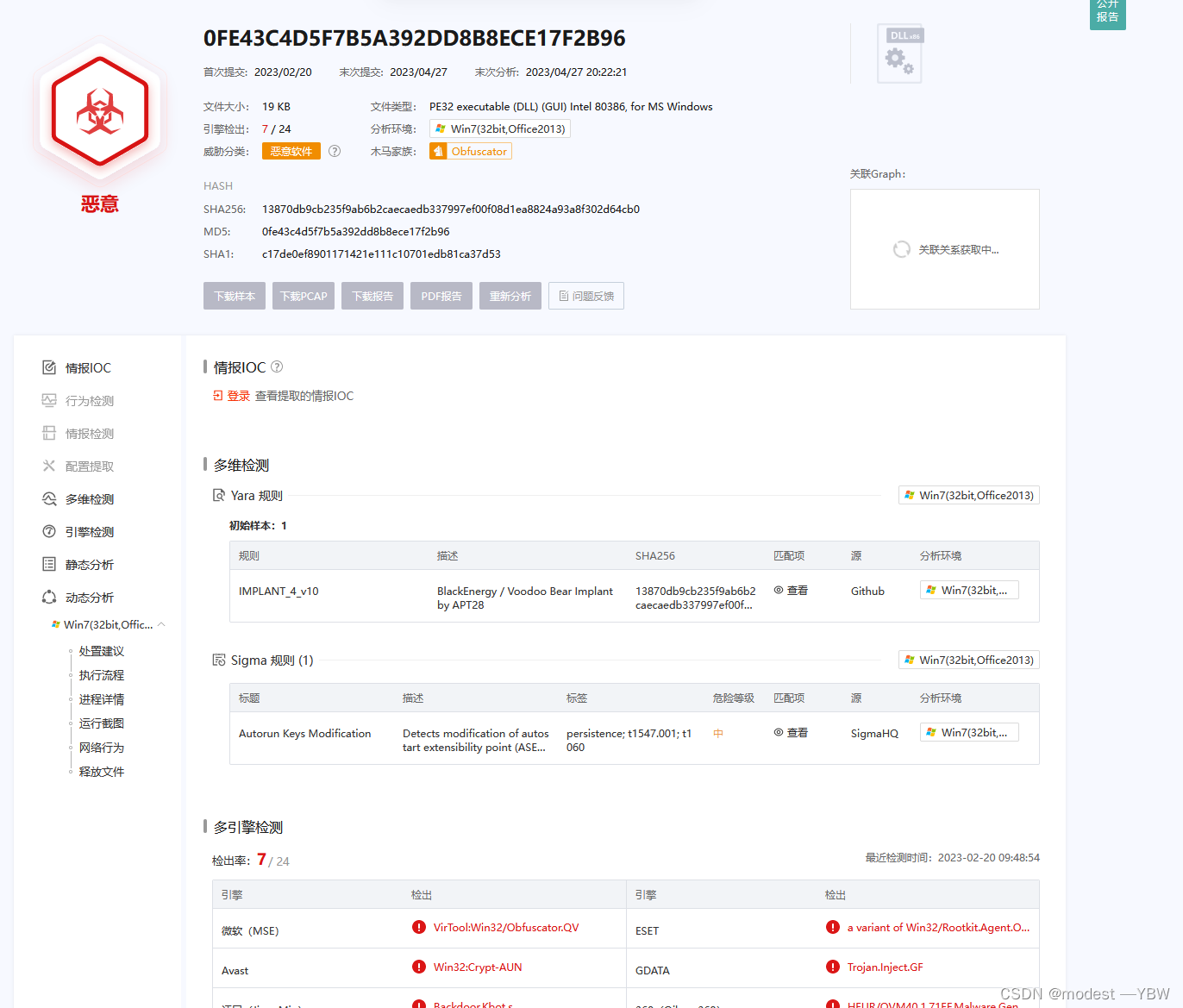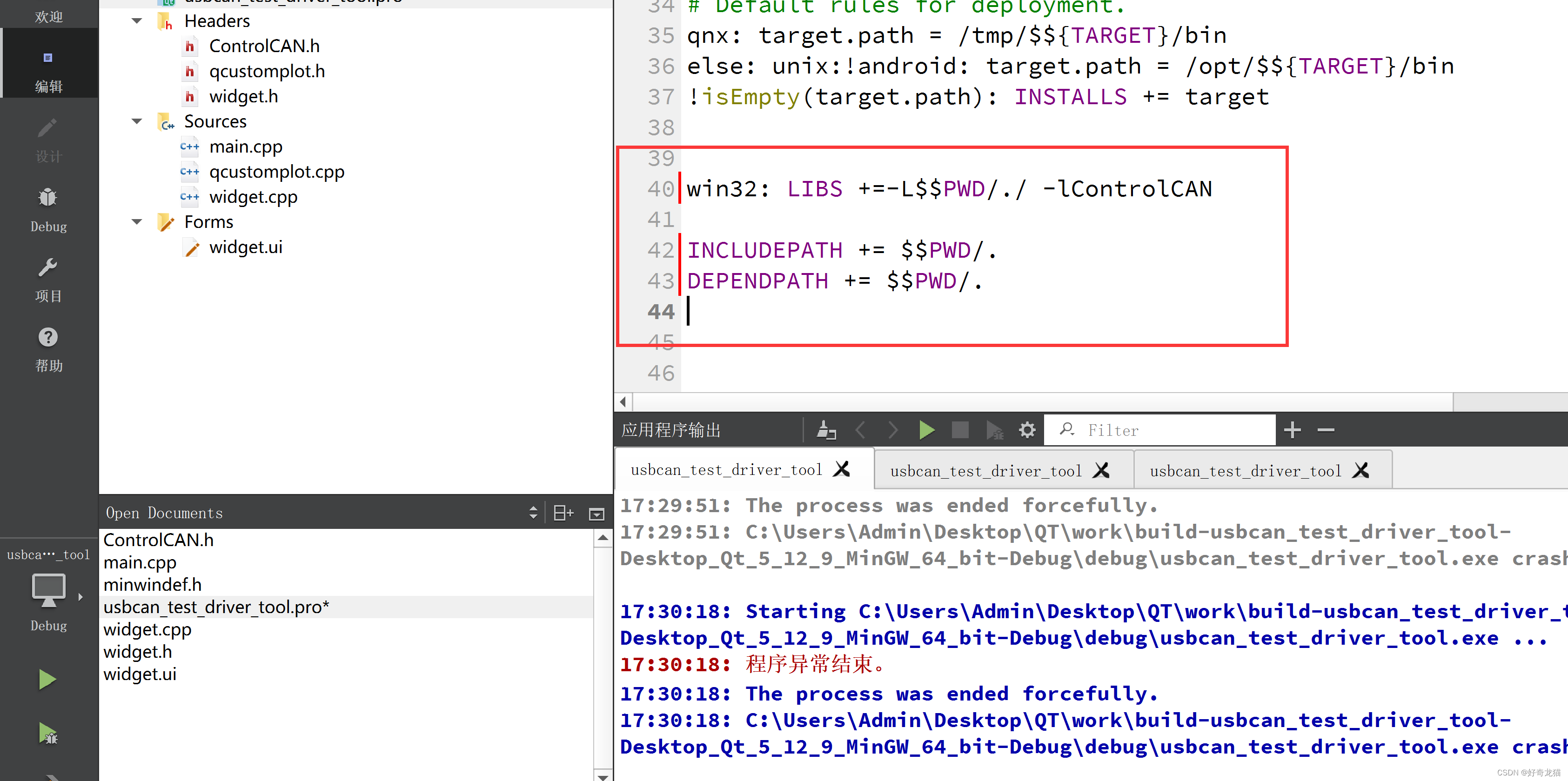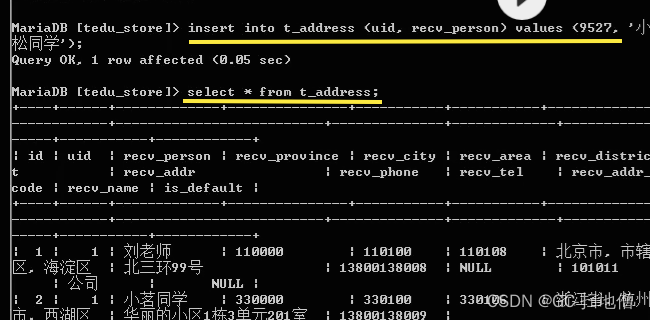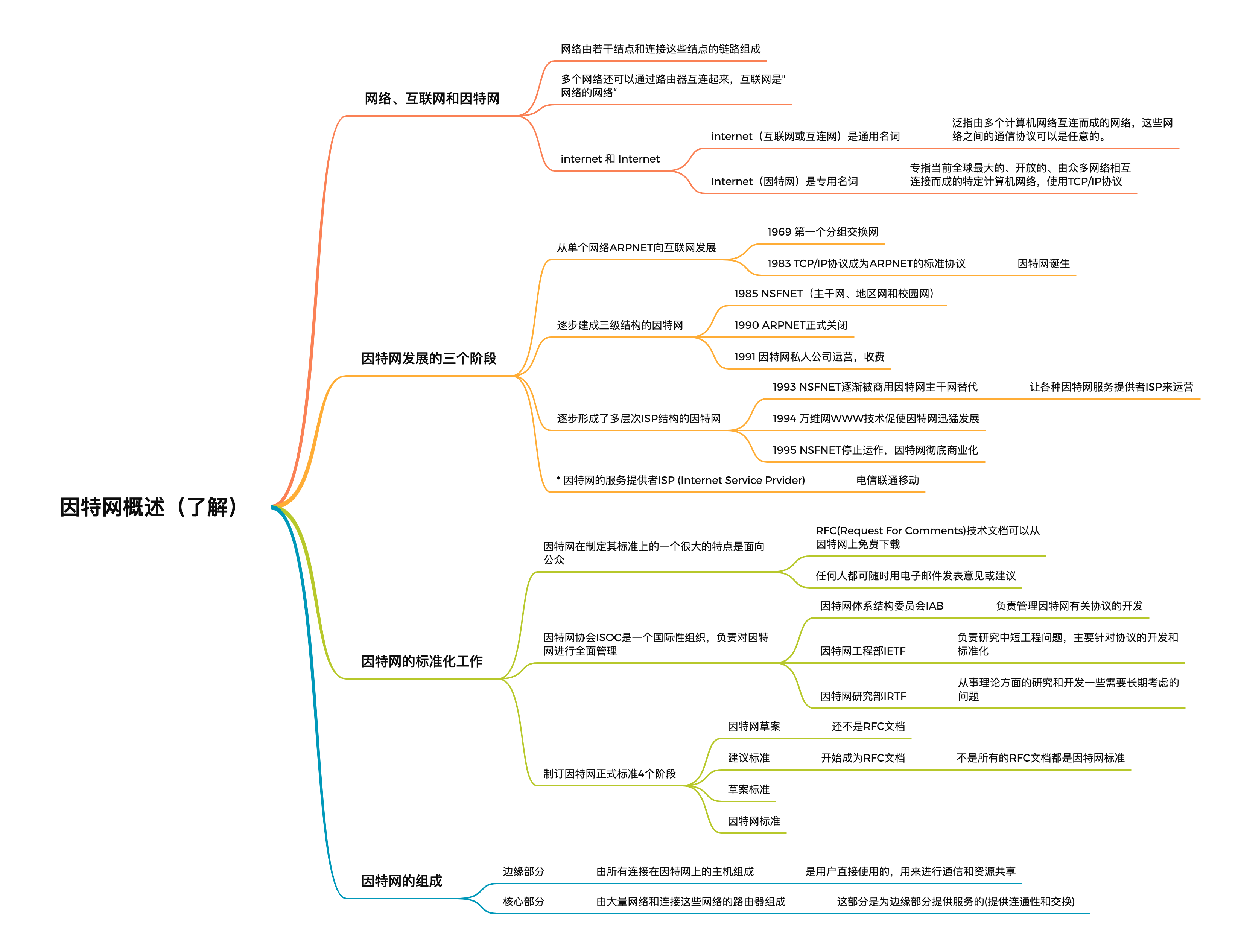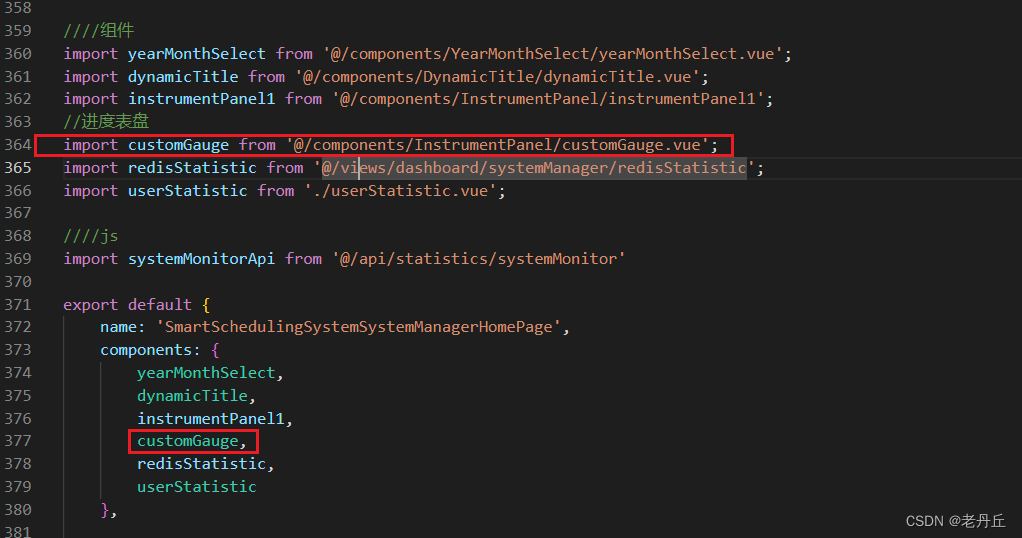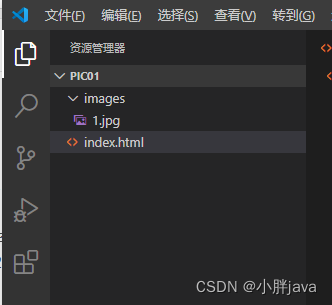文章目录
- 前言
- React技能树
- React的生命周期是什么
- React v16.0前的生命周期
- 组件初始化(initialization)阶段
- 组件挂载(Mounting)阶段
- 组件更新(update)阶段
- 组件销毁阶段
- React v16.4 的生命周期
- 总结
- 写在最后

前言

在上一篇文章《react入门这一篇就够了》中我们已经掌握了React的基本知识。通过使用React组件我们对页面进行渲染;通过使用React事件处理函数对用户操作进行响应;通过React状态的改变对页面进行刷新。本文中我们将深入的了解React的生命周期,以及在这些生命周期可以做些什么。
React技能树
React 技能树
├── JSX
│ ├── 语法
│ ├── 元素渲染
│ ├── 组件
│ ├── Props
│ ├── State
│ └── 生命周期
├── 组件通信
│ ├── 父子组件通信
│ ├── 兄弟组件通信
│ ├── 跨级组件通信
│ ├── Context
│ └── Redux
├── 样式
│ ├── 内联样式
│ ├── CSS Modules
│ └── Styled Components
├── 路由
│ ├── React Router
│ ├── 动态路由
│ └── 嵌套路由
├── 数据请求
│ ├── Axios
│ ├── Fetch
│ └── GraphQL
├── 状态管理
│ ├── Redux
│ ├── MobX
│ └── Recoil
├── 常用库和框架
│ ├── Ant Design
│ ├── Material UI
│ ├── Bootstrap
│ ├── Semantic UI
│ └── Tailwind CSS
├── 测试
│ ├── Jest
│ ├── Enzyme
│ └── React Testing Library
├── 构建工具
│ ├── Webpack
│ └── Parcel
└── 服务端渲染
├── Next.js
└── Gatsby
React的生命周期是什么
React的生命周期表示了React组件从构建到注销所经历的一系列过程。React生命周期有各自执行的顺序和作用。主要包括的生命周期为:组件的初始化阶段,组件的挂载阶段,组件的更新阶段以及组件的销毁阶段。
React v16.0前的生命周期
有些团队不一定会升到16版本,所以16前的生命周期还是很有必要掌握的。
组件初始化(initialization)阶段
也就是以下代码中类的构造方法( constructor() ),Test类继承了react Component这个基类,也就继承这个react的基类,才能有render(),生命周期等方法可以使用,这也说明为什么函数组件不能使用这些方法的原因。
super(props)用来调用基类的构造方法( constructor() ), 也将父组件的props注入给子组件,供子组件读取(组件中props只读不可变,state可变)。
而constructor()用来做一些组件的初始化工作,如定义this.state的初始内容。
import React, { Component } from 'react';
class Test extends Component {
constructor(props) {
super(props);
}
}
组件挂载(Mounting)阶段
此阶段分为componentWillMount,render,componentDidMount三个时期。
componentWillMount:
在组件挂载到DOM前调用,且只会被调用一次,在这边调用this.setState不会引起组件重新渲染,也可以把写在这边的内容提前到constructor()中,所以项目中很少用。
render:
根据组件的props和state(无论两者的重传递和重赋值,无论值是否有变化,都可以引起组件重新render) ,return 一个React元素(描述组件,即UI),不负责组件实际渲染工作,之后由React自身根据此元素去渲染出页面DOM。render是纯函数(Pure function:函数的返回结果只依赖于它的参数;函数执行过程里面没有副作用),不能在里面执行this.setState,会有改变组件状态的副作用。
componentDidMount:
组件挂载到DOM后调用,且只会被调用一次
简言之,componentWillMount函数在我们Render方法前触发属于渲染前,在这个函数之中我们可以异步向服务器端请求Render函数渲染需要使用的数据。Render函数是我们熟练掌握的渲染方法,在其中构建我们组件的UI。componentDidMount是在我们Render函数执行之后也就是已经渲染了我们DOM树之后触发,在这个函数中我们可以针对页面渲染完成之后希望进行处理的一系列动作。
组件更新(update)阶段
在讲述此阶段前需要先明确下react组件更新机制。setState引起的state更新或父组件重新render引起的props更新,更新后的state和props相对之前无论是否有变化,都将引起子组件的重新render。
造成组件更新有两类(三种)情况:
1.父组件重新render
父组件重新render引起子组件重新render的情况有两种
a. 直接使用,每当父组件重新render导致的重传props,子组件将直接跟着重新渲染,无论props是否有变化。可通过shouldComponentUpdate方法优化。
class Child extends Component {
shouldComponentUpdate(nextProps){ // 应该使用这个方法,否则无论props是否有变化都将会导致组件跟着重新渲染
if(nextProps.someThings === this.props.someThings){
return false
}
}
render() {
return <div>{this.props.someThings}</div>
}
}
b.在componentWillReceiveProps方法中,将props转换成自己的state
class Child extends Component {
constructor(props) {
super(props);
this.state = {
someThings: props.someThings
};
}
componentWillReceiveProps(nextProps) { // 父组件重传props时就会调用这个方法
this.setState({someThings: nextProps.someThings});
}
render() {
return <div>{this.state.someThings}</div>
}
}
根据官网的描述
在该函数(componentWillReceiveProps)中调用 this.setState() 将不会引起第二次渲染。
是因为componentWillReceiveProps中判断props是否变化了,若变化了,this.setState将引起state变化,从而引起render,此时就没必要再做第二次因重传props引起的render了,不然重复做一样的渲染了。
2.组件本身调用setState,无论state有没有变化。可通过shouldComponentUpdate方法优化。
class Child extends Component {
constructor(props) {
super(props);
this.state = {
someThings:1
}
}
shouldComponentUpdate(nextStates){ // 应该使用这个方法,否则无论state是否有变化都将会导致组件重新渲染
if(nextStates.someThings === this.state.someThings){
return false
}
}
handleClick = () => { // 虽然调用了setState ,但state并无变化
const preSomeThings = this.state.someThings
this.setState({
someThings: preSomeThings
})
}
render() {
return <div onClick = {this.handleClick}>{this.state.someThings}</div>
}
}
此阶段分为componentWillReceiveProps,shouldComponentUpdate,componentWillUpdate,render,componentDidUpdate
componentWillReceiveProps(nextProps)
此方法只调用于props引起的组件更新过程中,参数nextProps是父组件传给当前组件的新props。但父组件render方法的调用不能保证重传给当前组件的props是有变化的,所以在此方法中根据nextProps和this.props来查明重传的props是否改变,以及如果改变了要执行啥,比如根据新的props调用this.setState触发当前组件的重新render
shouldComponentUpdate(nextProps, nextState)
此方法通过比较nextProps,nextState及当前组件的this.props,this.state,返回true时当前组件将继续执行更新过程,返回false则当前组件更新停止,以此可用来减少组件的不必要渲染,优化组件性能。
ps:这边也可以看出,就算componentWillReceiveProps()中执行了this.setState,更新了state,但在render前(如shouldComponentUpdate,componentWillUpdate),this.state依然指向更新前的state,不然nextState及当前组件的this.state的对比就一直是true了。
componentWillUpdate(nextProps, nextState)
此方法在调用render方法前执行,在这边可执行一些组件更新发生前的工作,一般较少用。
render
render方法在上文讲过。
componentDidUpdate(prevProps, prevState)
此方法在组件更新后被调用,可以操作组件更新的DOM,prevProps和prevState这两个参数指的是组件更新前的props和state
简言之,组件props或者state状态发生变化是所触发,通过对属性以及状态值进行监听可以得知他们发生了改变从而触发我们的render函数对相应的组件进行重新渲染。完成这一系列动作就达到了React组件自动更新的效果。
组件销毁阶段
此阶段只有一个生命周期方法:componentWillUnmount
componentWillUnmount
此方法在组件被卸载前调用,可以在这里执行一些清理工作,比如清楚组件中使用的定时器,清楚componentDidMount中手动创建的DOM元素等,以避免引起内存泄漏。
在这个生命周期中我们要确认对需要释放资源的部分进行释放。养成一个良好的编码习惯是很重要的。
React v16.4 的生命周期
变更缘由
原来(React v16.0前)的生命周期在React v16推出的Fiber之后就不合适了,因为如果要开启async rendering,在render函数之前的所有函数,都有可能被执行多次。
原来(React v16.0前)的生命周期有哪些是在render前执行的呢?
componentWillMount
componentWillReceiveProps
shouldComponentUpdate
componentWillUpdate
如果开发者开了async rendering,而且又在以上这些render前执行的生命周期方法做AJAX请求的话,那AJAX将被无谓地多次调用。。。明显不是我们期望的结果。而且在componentWillMount里发起AJAX,不管多快得到结果也赶不上首次render,而且componentWillMount在服务器端渲染也会被调用到(当然,也许这是预期的结果),这样的IO操作放在componentDidMount里更合适。
禁止不能用比劝导开发者不要这样用的效果更好,所以除了shouldComponentUpdate,其他在render函数之前的所有函数(componentWillMount,componentWillReceiveProps,componentWillUpdate)都被getDerivedStateFromProps替代。
也就是用一个静态函数getDerivedStateFromProps来取代被deprecate的几个生命周期函数,就是强制开发者在render之前只做无副作用的操作,而且能做的操作局限在根据props和state决定新的state
React v16.0刚推出的时候,是增加了一个componentDidCatch生命周期函数,这只是一个增量式修改,完全不影响原有生命周期函数;但是,到了React v16.3,大改动来了,引入了两个新的生命周期函数。
新引入了两个新的生命周期函数:getDerivedStateFromProps,getSnapshotBeforeUpdate
getDerivedStateFromProps
getDerivedStateFromProps本来(React v16.3中)是只在创建和更新(由父组件引发部分),也就是不是不由父组件引发,那么getDerivedStateFromProps也不会被调用,如自身setState引发或者forceUpdate引发。
React v16.3
这样的话理解起来有点乱,在React v16.4中改正了这一点,让getDerivedStateFromProps无论是Mounting还是Updating,也无论是因为什么引起的Updating,全部都会被调用,具体可看React v16.4 的生命周期图。
React v16.4后的getDerivedStateFromProps
static getDerivedStateFromProps(props, state) 在组件创建时和更新时的render方法之前调用,它应该返回一个对象来更新状态,或者返回null来不更新任何内容。
getSnapshotBeforeUpdate
getSnapshotBeforeUpdate() 被调用于render之后,可以读取但无法使用DOM的时候。它使您的组件可以在可能更改之前从DOM捕获一些信息(例如滚动位置)。此生命周期返回的任何值都将作为参数传递给componentDidUpdate()。
官网给的例子:
class ScrollingList extends React.Component {
constructor(props) {
super(props);
this.listRef = React.createRef();
}
getSnapshotBeforeUpdate(prevProps, prevState) {
//我们是否要添加新的 items 到列表?
// 捕捉滚动位置,以便我们可以稍后调整滚动.
if (prevProps.list.length < this.props.list.length) {
const list = this.listRef.current;
return list.scrollHeight - list.scrollTop;
}
return null;
}
componentDidUpdate(prevProps, prevState, snapshot) {
//如果我们有snapshot值, 我们已经添加了 新的items.
// 调整滚动以至于这些新的items 不会将旧items推出视图。
// (这边的snapshot是 getSnapshotBeforeUpdate方法的返回值)
if (snapshot !== null) {
const list = this.listRef.current;
list.scrollTop = list.scrollHeight - snapshot;
}
}
render() {
return (
<div ref={this.listRef}>{/* ...contents... */}</div>
);
}
}
总结
在本文中我们了解了React的生命周期,深入分析了React每个生命周期的意义。了解了利用生命周期中的函数能够帮助我们实现什么样的功能以及为什么要这么做。有了以上的只是基础我们对React的理解又更近一步。更够写出更加健壮完善的代码。
React v16.0前的生命周期与React v16.4 的生命周期不同点总结:
1、react16支持async rendering
2、react16.4 新引入了两个新的生命周期函数:getDerivedStateFromProps,getSnapshotBeforeUpdate
3、除了shouldComponentUpdate,其他在render函数之前的所有函数(componentWillMount,componentWillReceiveProps,componentWillUpdate)都被getDerivedStateFromProps替代。
写在最后
✨原创不易,希望各位大佬多多支持。
👍点赞,你的认可是我创作的动力。
⭐️收藏,感谢你对本文的喜欢。
✏️评论,你的反馈是我进步的财富。
